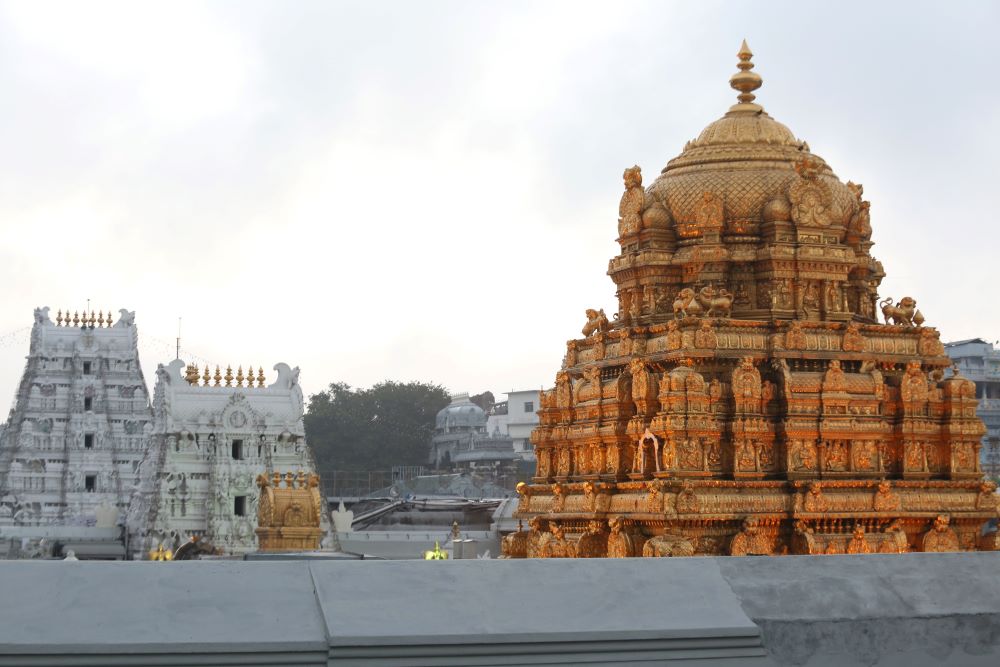Manifestation of Lord Venkateswara Swamy Shines with Lord Sri Mahavishnu left Vaikuntam and reached Venkatadri as Lord Venkateswara Swamy to protect and bless the devotees. Venkatadri is also known as Venkatachalam. It is one of the seven hills of Tirumala, considered a heavenly abode on the earth. The sanctum sanctorum where Sri Venkateswara Swamy resides Read More
Tag: Vakshasthala Lakshmi
Poola Ara (Flower Room) – Inside Tirupati Balaji Temple
Poola Ara (Flower Room) By the side of padipotu i.e., the holy kitchen, in the eastern direction, there is one room. As the flowers to be offered to Lord Venkateswara are stored here, they call it poola ara, which means flower room. Some people call it Pushpa mandapam (flower portico). Garlands meant for various Gods Read More
Manifestations of Goddess Lakshmi
Manifestations of Goddess Lakshmi One should be aware of Ashtalakshmis or the manifestations of Goddess Sri Lakshmi. Veda Lakshmi in TretaYuga A sage named Brahmarishi Kushadhvaja was fixated on the Vedas. He was apathetic towards the institution of marriage but enthusiastic about begetting Goddess Lakshmi. One day while pursuing the Vedas, the celestial Narthaki (dancer) Read More


